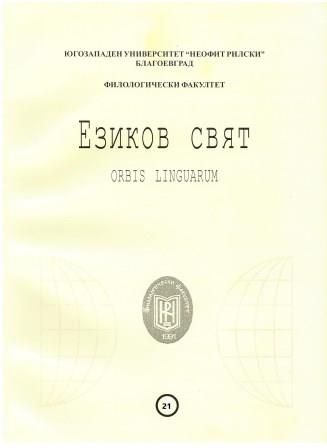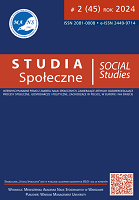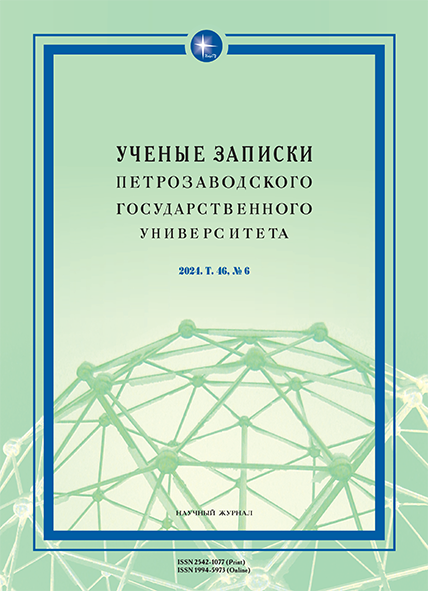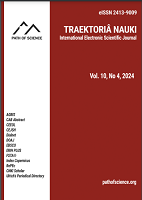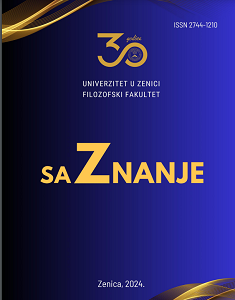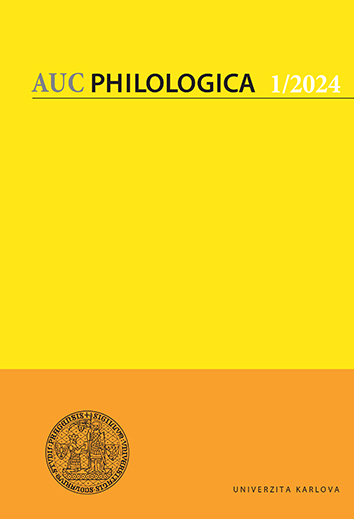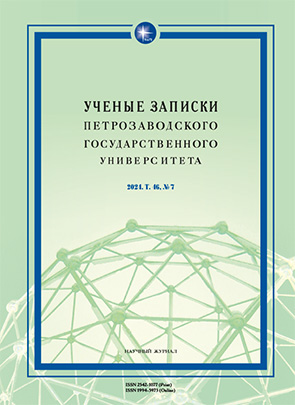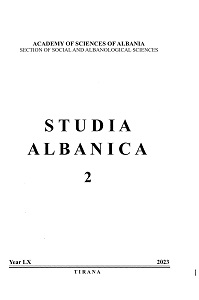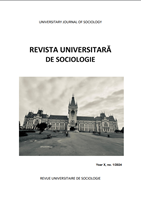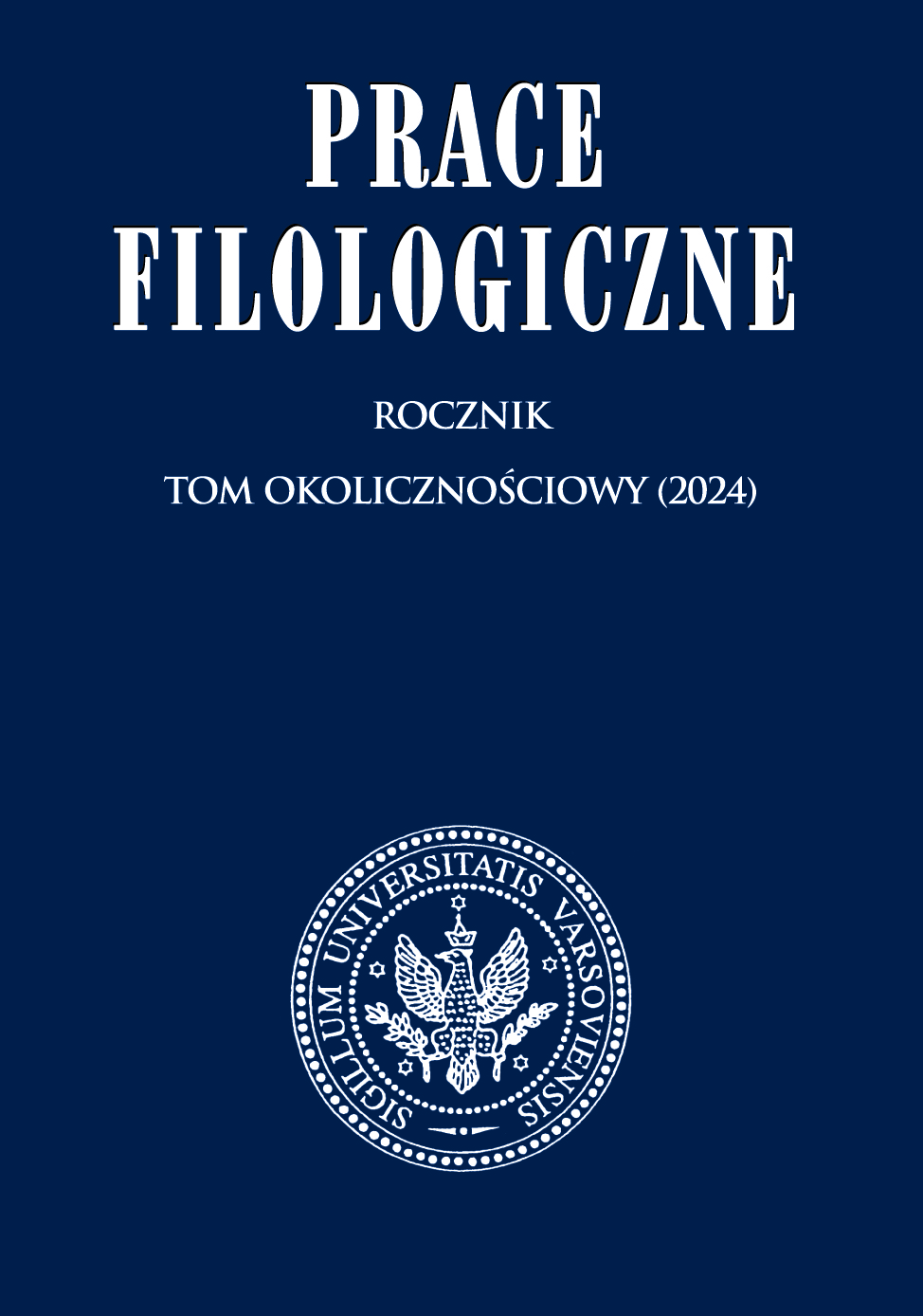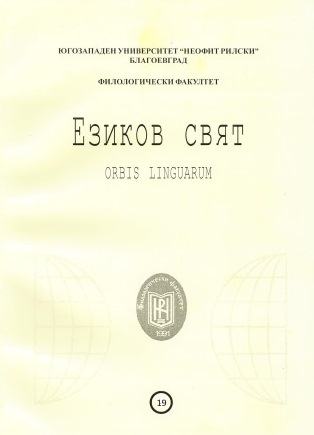
SEMANTIC CLASSIFICATION OF METAPHORS IN UKRAINIAN AND ENGLISH INSCRIPTIONS ON CLOTHING
The present research is an attempt to analyse metaphors in English and Ukrainian clothing inscriptions in a comparative aspect. The study focuses on providing a sufficient semantic classification of this versatile figure of speech in the discourse that has never been analysed in terms of metaphors. It deals with English and Ukrainian metaphorical inscriptions on clothing harvested on the Internet over a two year period (2017-2019). The paper shows that metaphorisation is unevenly typical of English and Ukrainian linguocultural environments. The peculiarities of the source from which the units under analysis were collected allows us to identify seven main vehicle-driven categories of metaphors employed in clothing inscriptions: anthropic, zoomorphic, botanomorphic, creaturemorphic, artefactomorphic, ecomorphic and sensory. The research proves that both English and Ukrainian metaphorical clothing inscriptions have their peculiar sources; moreover, even if metaphors are built on the same or similar images, the focus is usually quite different. This study argues that metaphors on clothing inscriptions can serve as an applicable source to study social priorities, values and tendencies of two different European linguocultural environments. The outcome of the research can be used as an interesting material for sociolinguistics and linguocultural studies.
More...
